Agile methodologies have revolutionized software development by fostering iterative, collaborative, and adaptable practices. These approaches prioritize delivering value to users promptly and responding flexibly to evolving requirements.
However, as organizations transition to Agile, QA professionals encounter unique challenges. This article delves into the pivotal role of the Agile Business Analyst in bridging the gap between Agile principles and the crucial domain of Quality Assurance (QA).

By highlighting the significance of collaboration, adapting to changing contexts, and ensuring top-tier software quality, the Agile Business Analyst emerges as a linchpin in this dynamic landscape.
An Overview of Agile Testing and QA
Agile Testing and Quality Assurance (QA) constitute essential elements within the framework of Agile software development. These components synergize to guarantee the provision of top-notch software products via incremental development, sustained cooperation, the agile testing approach, and an emphasis on customer value. Presented below is a concise exploration of these notions:
Agile Testing
Agile Testing embodies an Agile testing methodology that harmonizes with the tenets of Agile practices. This approach entails the seamless integration of testing endeavors across the complete spectrum of the software development life cycle. The ensuing snippets shed light on pivotal aspects of Agile Testing:

Early and Ongoing Testing Integration: In the Agile sphere, testing is woven into the development fabric right from the outset. This marks a departure from conventional practices where testing is relegated to the post-development phase. This early integration serves as a sentinel, spotting issues and glitches in their infancy, thereby minimizing the complexity and expense of rectification.
Iterative Validation: Agile projects march in iterations or sprints, with each segment yielding a small yet potentially deployable fragment of software. This iterative rhythm ensures frequent software validation, enabling the prompt detection of flaws and permitting software evolution grounded in user feedback.
Collaboration Nexus: Agile Testing fosters a symbiotic relationship among developers, testers, business analysts, and other team members. Testers collaborate intimately with developers, delving into requirements, sculpting test scenarios, and contributing insights into software behavior.
Automated Testing Prowess: In the Agile Testing realm, automation assumes a pivotal role to cope with the rapid cadence of development. Automated testing is tailored for repetitive, time-consuming assessments, endowing them with swiftness, consistency, error reduction, and unwavering support for perpetual testing.
Regression Vigilance: Given the frequent code alterations in Agile development, regression testing is the sentinel that safeguards against new modifications adversely impacting existing functionalities. Automated regression tests shine in this context, swiftly and consistently validating that novelties don’t disrupt the status quo.
Continuous Integration and Deployment Symphony (CI/CD): Agile Testing elegantly folds testing into the CI/CD pipeline—a channel where code amendments are seamlessly integrated, tested, and deployed. Here, automated testing stands as the sentinel, ensuring that code adjustments don’t smuggle in flaws.
User Story Verification: Agile projects embrace user stories to encapsulate user requirements. Testers harness these stories and their attendant acceptance criteria as blueprints for crafting tests that verify the software’s adherence to sought-after functionalities.
Exploration Galore: Beyond scripted tests, exploratory testing comes into play. Testers embark on a creative journey to simulate user interactions, unearthing defects that might elude formal test cases. This exploration adds an organic dimension to the testing landscape, enriching the quality assurance tapestry.
Quality Assurance (QA)
Quality Assurance focuses on establishing and maintaining processes, standards, and practices to ensure the overall quality of the software product. Here’s what you need to know about QA:

Enhancing Processes: QA takes a magnifying glass to existing development workflows, spotting opportunities for enhancement. These refinements usher in streamlined, potent, and superior-quality software development practices.
Uniformity Establishment: QA lays down the law by devising gold-standard practices and benchmarks for diverse facets of development, ranging from coding to testing, documentation, and design. This standardization forges a path to uniformity and high quality within the development ensemble.
Risk Anticipation and Management: QA anticipates potential risks that could cast a shadow over project triumph and proactively takes steps to mitigate them. This proactive stance diminishes the likelihood of defects, project bottlenecks, and other undesirable outcomes.
Quality Mastery: QA serves as the vigilant guardian, keeping a watchful eye on adherence to pre-established norms and workflows. It ensures that development team members march in step, upholding steadfast practices that yield work in line with the stipulated quality benchmarks.
Inspections and Evaluations: QA orchestrates examinations and evaluations of procedures, documentation, and code. Audits certify that actions align with established norms, while evaluations unearth avenues for enhancement, safeguarding a continual commitment to quality.
End-User Gratification: QA ensures the end-product mirrors user desires and anticipations. It validates that software hits the bullseye with acceptance criteria and delivers value, culminating in elevated user satisfaction.
In summation, Agile Testing and QA harmonize their efforts to bestow high-caliber software through a collaborative and iterative framework. Agile Testing narrows in on testing within Agile settings and the development cycle, while QA casts a broader net, addressing quality enhancement, procedural refinement, and risk management. Together, they forge a dynamic duo that propels Agile projects toward excellence.
Aligning QA with Agile Values
At the heart of Agile development lies the Agile Manifesto, a set of guiding principles that emphasize individuals and interactions, working software, customer collaboration, and responding to change. Interestingly, these values seamlessly align with QA goals.
Agile teams favor working software over extensive documentation, just as QA professionals prioritize the tangible quality of software over exhaustive QA documentation. Customer collaboration becomes a driver for Agile testing, where QA professionals and Agile Business Analysts work in harmony to translate customer needs into actionable tests.

Moreover, responding to change is central to both Agile development and agile QA process, with QA teams continually adapting to evolving requirements and unforeseen issues. The Agile Business Analyst, functioning as an interpreter between Agile teams and QA, ensures that these values are realized.
Adapting QA Practices in an Agile Environment
The traditional waterfall model’s QA practices were centered around exhaustive testing toward the end of the development cycle. In contrast, Agile demands a shift towards proactive and continuous testing to catch defects early.
Agile testing practices focus on prevention, integration, and early detection, ensuring that defects are identified and resolved swiftly. Automation becomes a vital tool to achieve these goals, enabling rapid and repeatable testing with each iteration. Furthermore, the role of the Business Analyst transforms in Agile environments.
Rather than just gathering and documenting requirements, the Agile Business Analyst collaborates closely with development and testing teams to ensure that the evolving software aligns with business needs and quality standards.
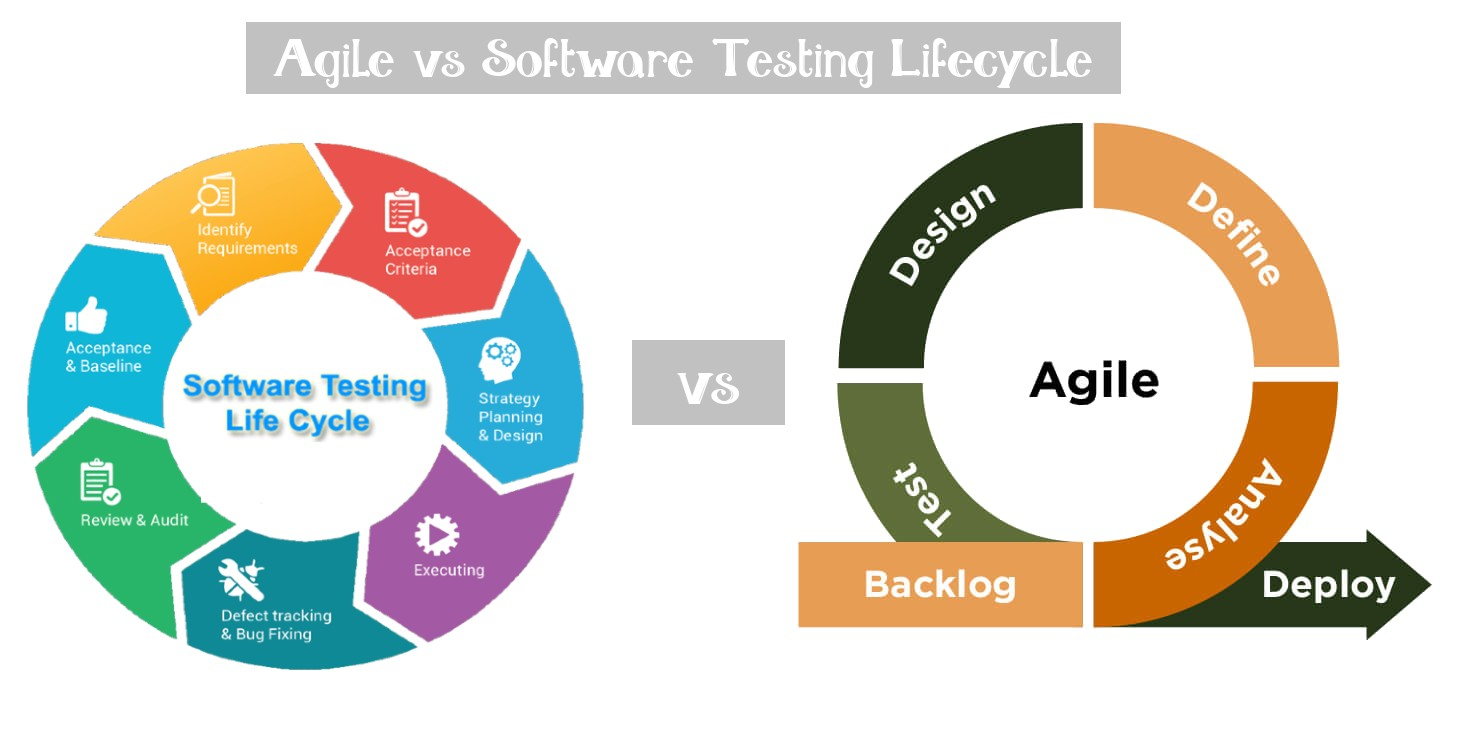
Agile QA Strategies and Best Practices
The Agile landscape redefines how Quality Assurance (QA) is approached, calling for agile methodology and strategies that align seamlessly with Agile principles. Implementing effective Agile QA strategies and best practices is crucial to ensure that software development remains nimble, customer-centric, and of the highest quality. Let’s dive into the strategies and practices that empower Agile QA professionals to excel in this dynamic environment.
Joining the Agile Team
Agile QA professionals aren’t detached entities working in isolation. Instead, they immerse themselves in Agile development teams, promoting a seamless flow of communication, feedback, and continuous improvement. By actively participating in Agile ceremonies, QA professionals gain a deep understanding of user stories, the acceptance testing criteria, and the desired outcomes.
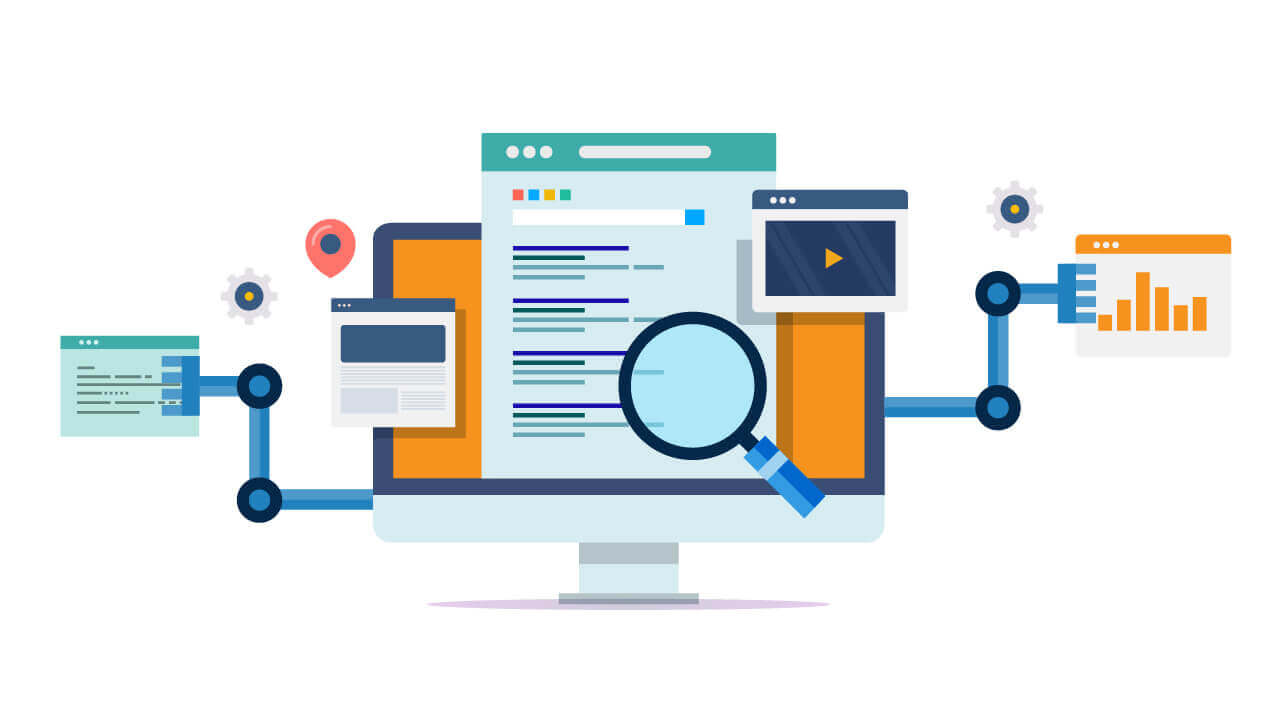
Customer Focus
QA’s pivot towards Agile also entails a heightened emphasis on customer-centricity. Understanding the end-users needs and expectations is paramount. Agile QA professionals actively engage with stakeholders and end-users, aligning software testing tools and efforts with customer value. Continuous feedback loops are established, ensuring that the software being developed meets real-world requirements.
Test Suite Automation
Collaborative efforts between developers, QA professionals, and Agile Business Analysts foster an integrated approach to testing. The creation of comprehensive test suites, encompassing both black-box and white-box testing, becomes a shared responsibility of the test team. Automation tools aid in executing these automated tests rapidly, efficiently, and consistently, enabling teams to iterate quickly without compromising quality.
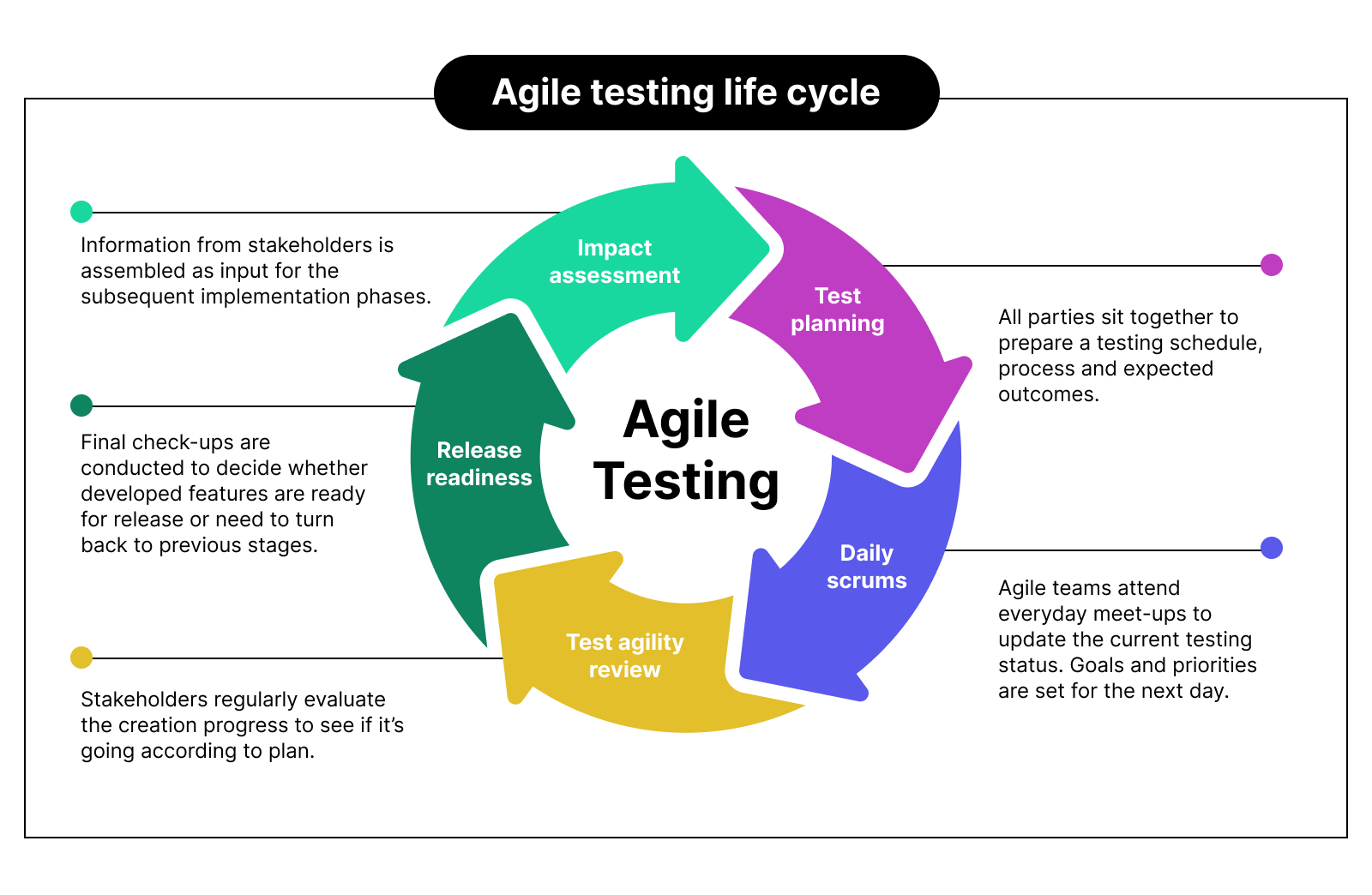
Manual Testing with Purpose
Manual testing is not rendered obsolete in Agile environments; rather, it takes on a strategic role. Exploratory testing, where testers creatively explore the software, uncovers vulnerabilities that might elude automated tests. Agile QA professionals adopt an investigative mindset, posing “what if?” questions to identify potential weak points.
Continuous Improvement
Agile QA professionals, akin to the Agile development ethos, are champions of continuous improvement. Their responsibility extends beyond detecting defects; they actively contribute to enhancing testing practices. By identifying bottlenecks, suggesting process enhancements, and sharing best practices, the QA team becomes an integral part of the Agile engine driving quality and efficiency.
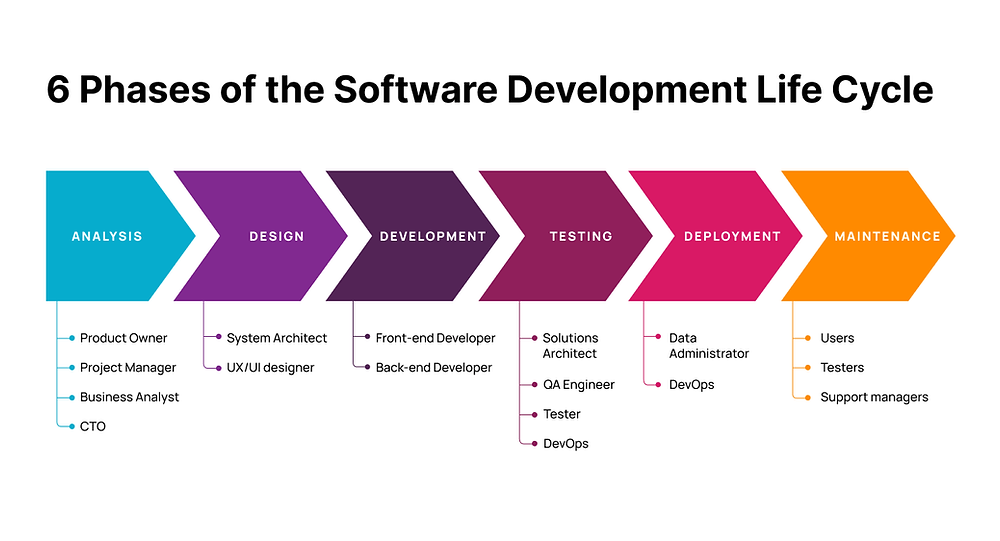
Agile Business Analyst’s Role
The Agile Business Analyst thrives in Agile’s dynamic ecosystem. Armed with insights from stakeholders, users, and team members, they facilitate effective communication, translating complex requirements into user stories.
Their expertise bridges the gap between technical teams and non-technical stakeholders, ensuring everyone’s needs are understood and considered. The Agile Business Analyst’s knack for generating examples and facilitating collaboration cements their importance in Agile testing processes.
Agile Testing Strategies and Methods
Agile testing strategies are multifaceted, accommodating the iterative and evolving nature of Agile development.
Test-Driven Development (TDD)
TDD is a foundational practice wherein tests are written before coding begins. This process focuses developers on crafting code that fulfills these tests, inherently driving software quality.
Acceptance Test-Driven Development (ATDD)
ATDD deepens the collaboration between stakeholders, QA professionals agile testers, and developers. Acceptance criteria evolve into functional tests, ensuring alignment with customer expectations and reducing ambiguity.
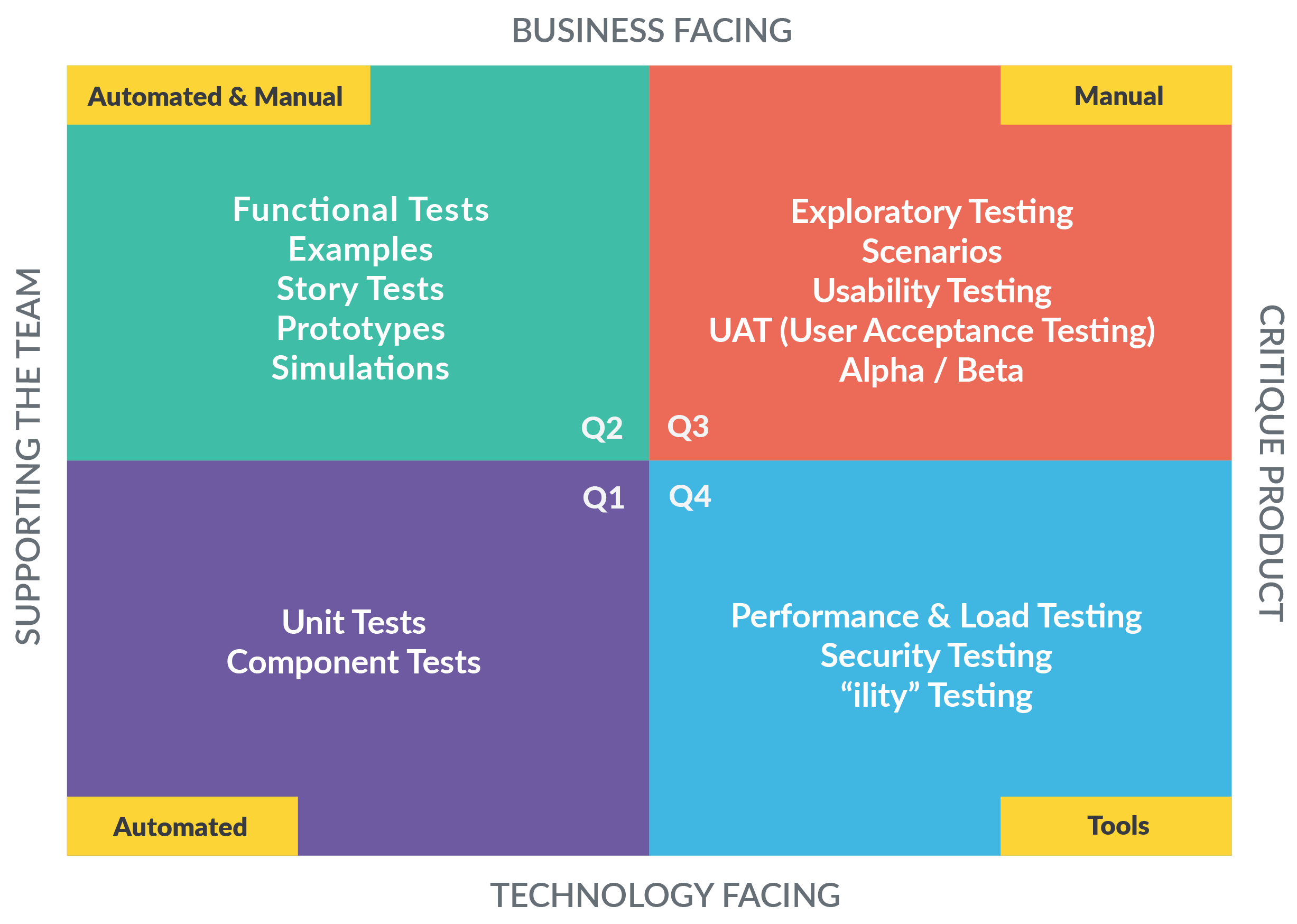
Behavior-Driven Development (BDD)
BDD shifts the focus from tests to behaviors. By weaving real-world scenarios into automated test cases, BDD ensures software functionality aligns seamlessly with desired business outcomes.
Exploratory Testing and Session-Based Testing
Agile’s dynamic nature necessitates flexible and agile testing methods. Exploratory testing encourages testers to think like end-users, uncovering unexpected issues. Session-based testing, on the other hand, provides structure to these explorations, enhancing their effectiveness.
Managing Agile Testing and Business Analysis
Managing Agile testing and business analysis within an Agile development framework requires a delicate balance of coordination, communication, and adaptability. As software development paradigms shift towards Agile methodologies, the management of these crucial functions takes on new dimensions that are essential for project success.
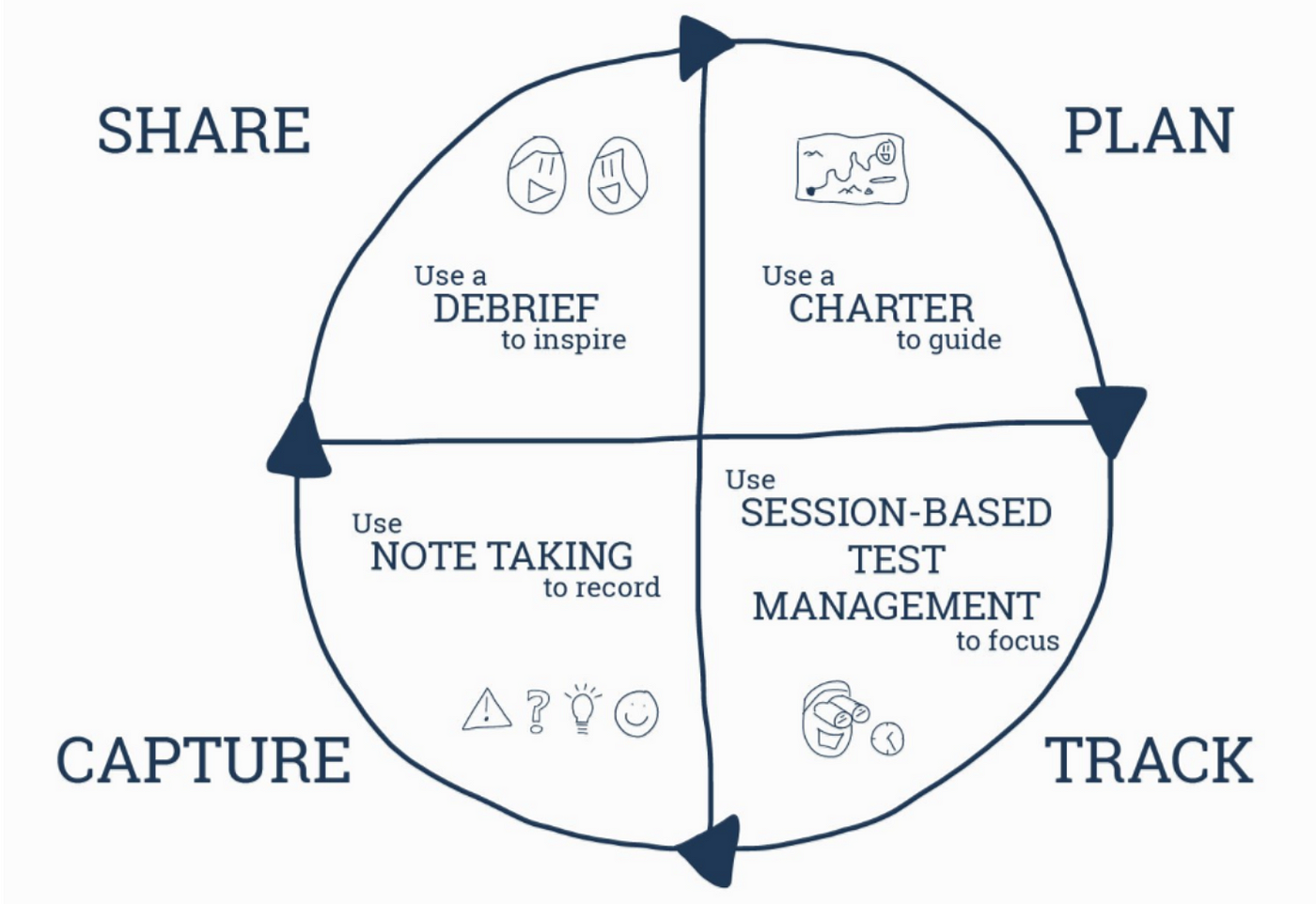
Let’s explore the strategies and insights that enable effective management of Agile testing and business analysis.
Importance of “Definition of Done”
Agile development embraces the concept of the “Definition of Done,” a checklist of criteria that must be met before an iteration is considered complete. This practice ensures that each iteration delivers a reliable and functional increment of the software.
Role of Stakeholders and Agile Business Analysts
Agile teams are comprised of various stakeholders, each contributing unique expertise. Agile Business Analysts act as connectors, ensuring that business needs are accurately translated into agile development processes and testing efforts. Their role enhances collaboration and bridges communication gaps.
Dedicated Test Case Management Tools
Specialized testing tools, like Helix ALM, streamline test case management, centralizing test planning, execution, and reporting. These tools enhance visibility into the testing process, fostering collaboration among Agile teams and stakeholders.
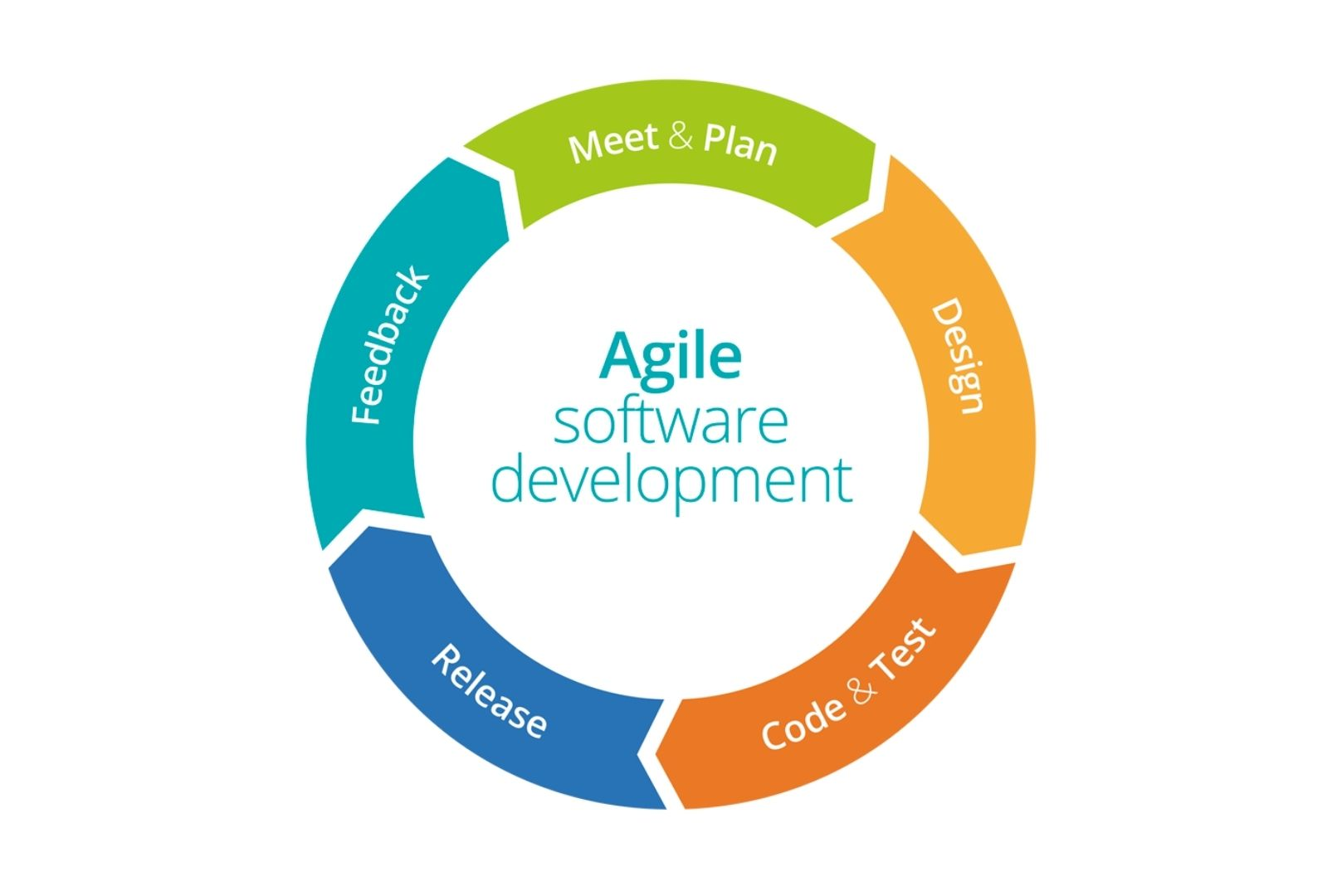
Agile Testing and Business Analysis Strategies
Transitioning to Agile Test Strategy requires a shift in mindset and approach from traditional testing methods. Here’s how you can transition and leverage tools like Helix ALM to support Agile testing and business analysis:
Define Agile Test Strategy
Move away from lengthy test planning documents. Instead, create an Agile test strategy that outlines the overall testing approach, objectives, scope, and key methods.
Emphasize collaboration and communication among team members, including testers, developers, and business analysts.
Identify the types of testing to be performed (unit, integration, regression, etc.) and their integration into Agile development iterations.
Define acceptance criteria and establish a shared understanding of what constitutes a “done” user story.
Iterative Evolution
Agile test strategies should be living documents that evolve with the project. Regularly review and update them to adapt to changing requirements, priorities, and feedback.
Encourage continuous improvement by reflecting on the effectiveness of testing practices during retrospectives and adjusting the strategy accordingly.
Leverage Helix ALM for Agile Testing and Business Analysis:
Helix ALM is a powerful tool that can support both testing and business analysis activities in an Agile context.
Use Helix ALM to capture and manage user stories, requirements, and test cases. Link requirements to corresponding test cases to ensure traceability.
Benefit from its collaboration features to facilitate communication between business analysts, testers, and developers. This promotes shared understanding and alignment on requirements.
Utilize Helix ALM’s visibility features to track testing progress, identify bottlenecks, and make informed decisions based on real-time data.
Test Case Management
Helix ALM’s test case management capabilities allow you to create, organize, and maintain test cases efficiently.
Write test cases that are aligned with user stories and acceptance criteria. Keep them concise and focused on the expected behavior.
Attach relevant documentation, screenshots, or mock-ups to provide clear instructions to testers.
Traceability and Reporting
Helix ALM’s traceability features help you establish a clear link between requirements, user stories, test cases, and defects.
Generate reports that provide insights into testing progress, coverage, and defects. Use these reports to communicate project status and identify areas for improvement.
Collaboration and Visibility
Helix ALM’s collaboration features enable seamless communication between team members, making it easier to resolve questions, clarify requirements, and address issues.
Foster a culture of collaboration by encouraging regular meetings between business analysts, testers, and developers to discuss user stories and testing progress.

By combining Agile testing principles with tools like Helix ALM, you can enhance your team’s ability to adapt to changes, maintain high-quality deliverables, and achieve successful outcomes in an Agile environment.
Conclusion
In the realm of software development, the Agile transformation has shifted paradigms and redefined roles. Amidst this evolution, the Agile Business Analyst emerges as an unsung hero, straddling the realms of Agile methodologies and Quality Assurance.
Their ability to interpret complex requirements, facilitate communication, and champion quality becomes paramount. As Agile methodologies continue to shape the software landscape, QA professionals and Agile Business Analysts must rise to the occasion.
Their collective efforts propel software development toward greater adaptability, collaboration, and excellence, ensuring that the Agile journey remains synonymous with success and innovation.
FAQs
What is the role of a Business Analyst in QA?
In the realm of Quality Assurance (QA), the function of a Business Analyst entails fostering efficient correspondence between business stakeholders and QA squads. They serve as intermediaries, comprehending business requisites and transforming them into assessable scenarios.
Business Analysts engage in partnership with QA experts to assure congruence between testing procedures and business objectives, garner input on test outcomes, and streamline requisite adaptations. Their active participation contributes to the veracity of the QA process, guaranteeing an authentic portrayal of envisioned functionality and user interactions, ultimately culminating in superior-grade software offerings.
What is Business Analyst called in Agile?
In Agile methodologies, a Business Analyst is often referred to simply as a “Business Analyst.” The term remains consistent across different Agile frameworks, emphasizing their role in understanding business needs, eliciting requirements, and facilitating collaboration among cross-functional teams.
The Business Analyst’s responsibilities in Agile include analyzing user stories, capturing detailed requirements, prioritizing features, and ensuring that the delivered product meets business requirements and customer expectations.
What is the role of a Business Analyst in Jira?
In Jira, a Business Analyst’s role revolves around using the platform as a collaborative tool to manage and track various aspects of software development projects. They utilize Jira to create, manage, and prioritize user stories, requirements, and tasks. Business Analysts update the status of issues, participate in sprint planning, and contribute to backlog grooming.
Jira enables them to document, organize, and communicate project requirements effectively, fostering transparency and collaboration among team members. Additionally, they can generate reports, track progress, and facilitate discussions to ensure that the project aligns with business goals.



